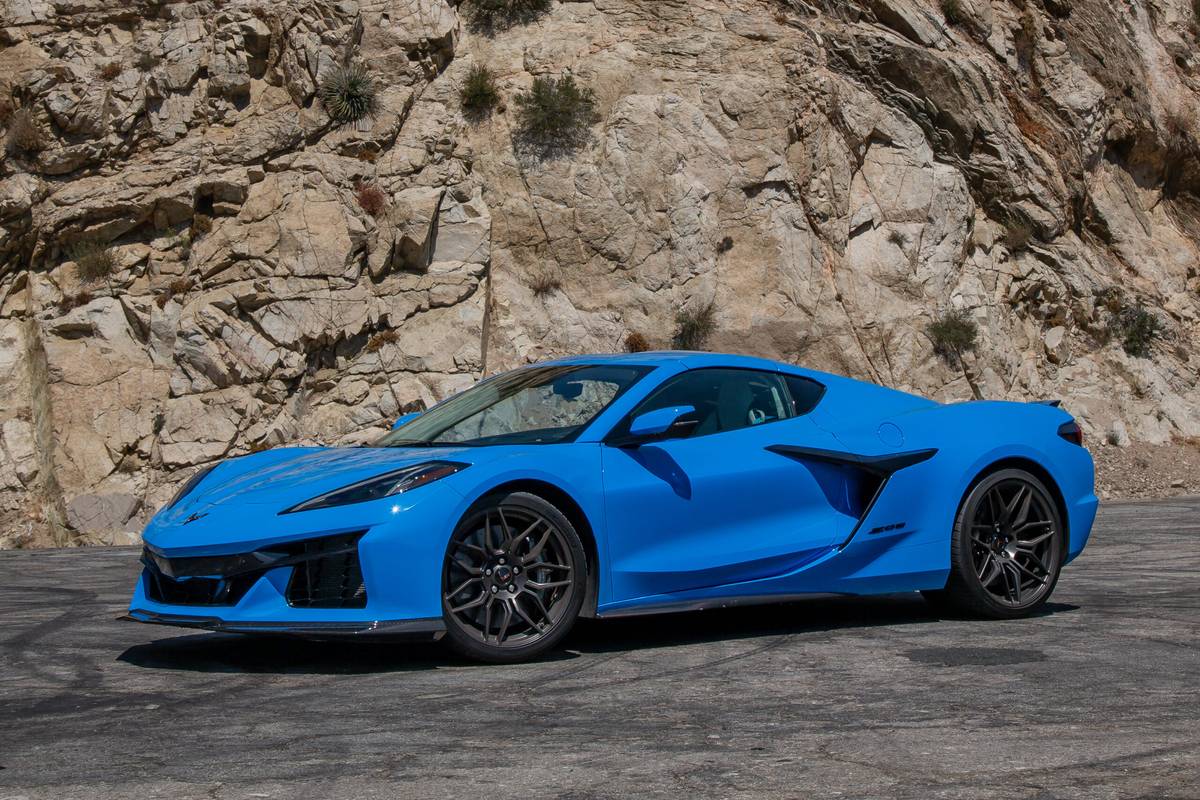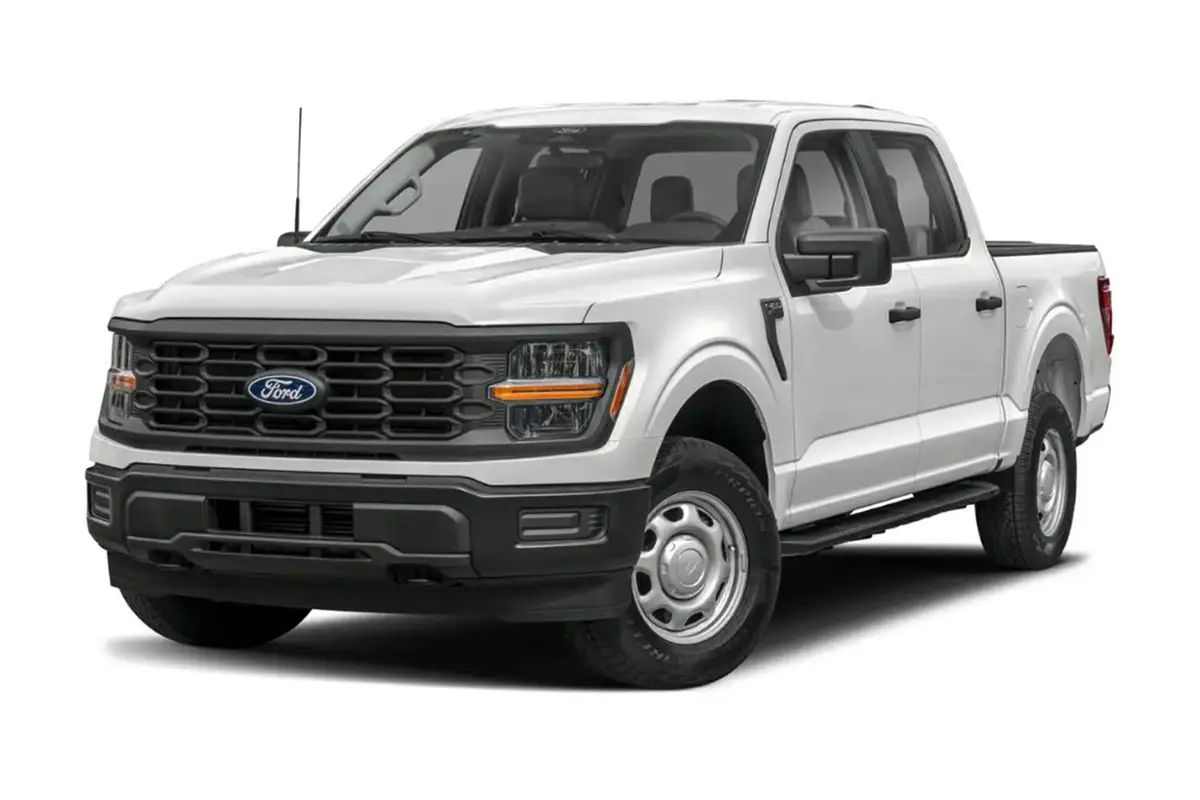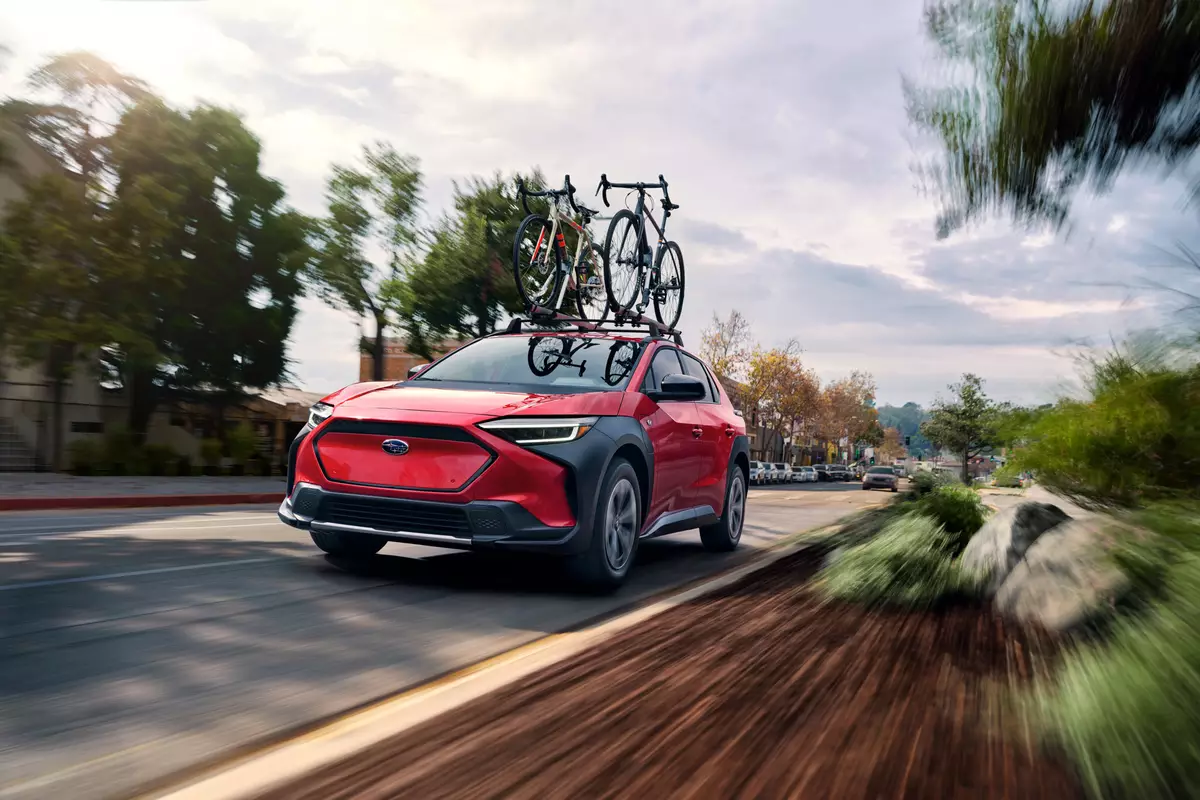Orlando Sentinel's view
The current version of the Chevrolet Camaro is about to get the checkered flag.
The third generation of the Camaro dies this summer after 11 years. The next Camaro rolls into showrooms in late September, and it will be new from the ground up.
Chances are that certain versions of the 1982-1992 Camaro will one day be considered classics. Those versions of the third-generation Camaro have included numerous high-performance models and a convertible.
For 1992 Chevrolet has added one last special model: It’s the Heritage Edition, and it celebrates the car’s 25th anniversary.
The first Camaro rolled out of GM in 1967 with the unenviable task of trying to catch up with the Ford Mustang, the first car designed to appeal to baby boomers.
In 1970 the original Camaro and its clone, the Pontiac Firebird, were replaced with new, bigger models, which continued on with occasional face lifts until 1981. That was when the current car hit the streets.
Of all of GM’s efforts of the 1980s, perhaps only the Chevrolet Corvette can boast styling as enduring as that of the Camaro, which still is a great-looking car.
Any model 1992 Camaro can be ordered with the Heritage package, which consists only of special appearance items. This week’s test car is the RS model.
Will any of the Heritage Camaros ever make it to classic status? That’s hard to say, but the convertible and high performance V-8 models probably stand the best chance.
This week’s test car, an RS model with a rough-running V-6 and a five-speed manual transmission, probably has little chance of ever being anything more than basic transportation.
PERFORMANCE
The 3.1-liter engine makes the Camaro a rolling torture chamber. The engine can’t be revved higher than 4,000 rpm or so without shaking the fillings out of your teeth.
There’s plenty of power in first and second gear in the lower rpm ranges, but the 140-horsepower V-6 just is not up to the task of doing anything more than providing snappy performance from a stop. And that’s what makes this engine and transmission so frustrating in the Camaro.
The car begs to be driven hard. The Camaro may be an old soldier, but it’s still a good one. One reason why Chevy hasn’t seen fit to replace the Camaro until now is because the engineers who put this car together more than a decade ago did the job right.
Camaro’s brawny looks, stubby gearshift lever and reputation as a premium muscle car make you want to floor the accelerator when any car approaches that is even remotely sporty.
No complaints about the clutch, shifter and transmission. They give the Camaro a real muscle car feel.
I drove this car hard for as long as I could stand it. But fuel mileage did not suffer. In town using the air conditioner, the car delivered its promised 17 mpg and then some. On the highway on a trip from Orlando to Daytona Beach, I recorded a respectable 28 mpg of unleaded.
HAN DLING
The Camaro’s suspension system is all standard-issue equipment: solid rear axle, MacPherson struts and coil springs up front. Some components, such as the recirculating ball-type steering system, are decidedly old-fashioned. You won’t find a real sports car these days without power-assisted rack and pinion steering, a system that is lighter and more efficient than the steering setup used in the Camaro. Yet this car handles well.
The V-6 engine is best for those who want to drive a Camaro because of its looks. It’s a decent power plant for those who don’t care much about powering through tight curves.
Not much can be said about the power-assisted front disc and rear drum brakes. They are adequate – and that’s all.
FIT AND FINISH
The Camaro has never been lauded for the way it has been built. There always have been rattles and squeaks. But this week’s test car was different than the two previous Camaros I’ve driven.
I could findn thing wrong with the way the test car was assembled. GM made a few production line improvements at the st art of the 1992 model year designed to reduce the number of rattles.
The interior is a sensible, no frills affair. You get a full set of ordinary-looking analog gauges, and standard Chevy switch gear for the cruise control, windshield wipers and lights. These things all work well, but they lack style.
The seats are uncomfortable for trips longer than an hour or so. There is little or no support in the lower back. The rear seats are OK for small passengers, but only for short trips.
If you have always liked the ’82-to-92 version of the Camaro, this is your last chance to grab one.
Truett’s tip: The Camaro RS with the V-6 won’t give you the muscle car performance for which this car is famous. As for the looks, the Heritage Edition adds a few cosmetic improvements.
Latest news



